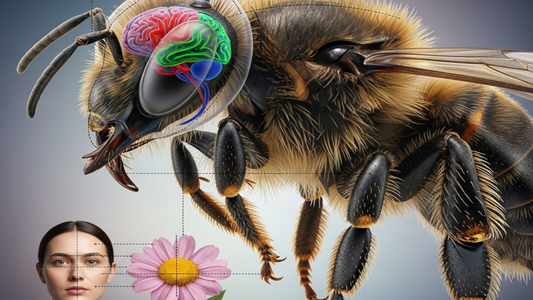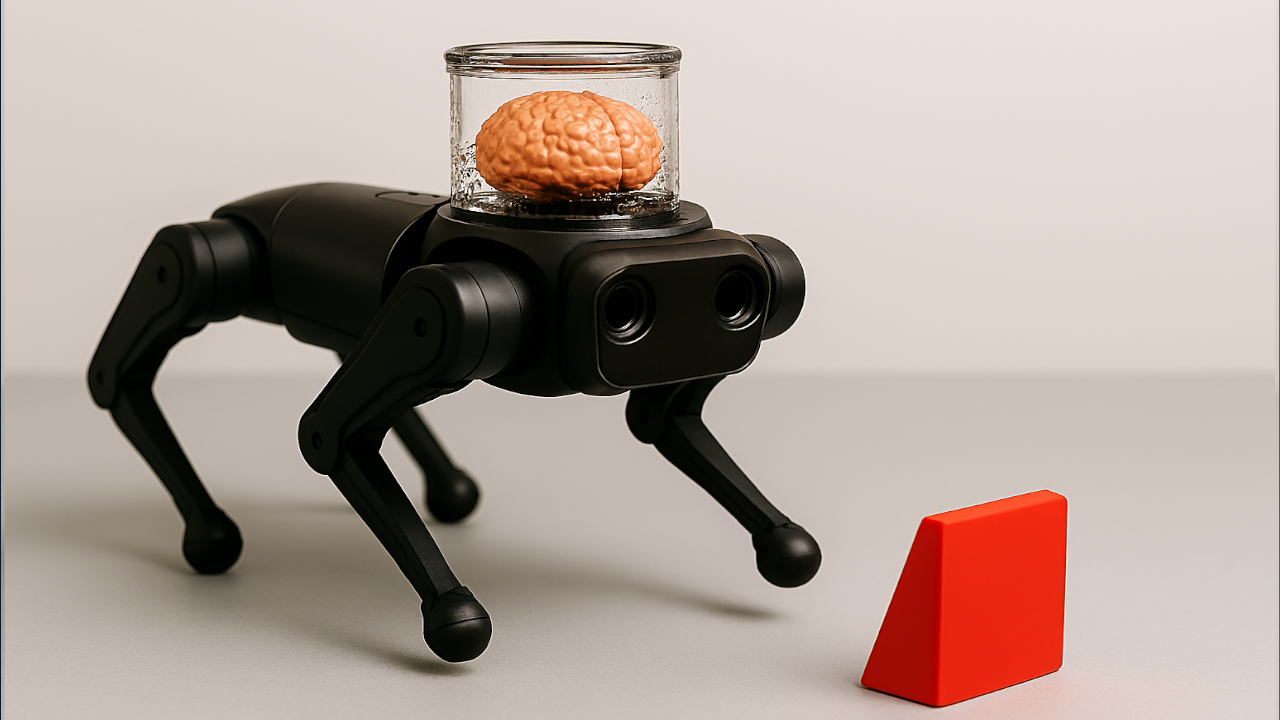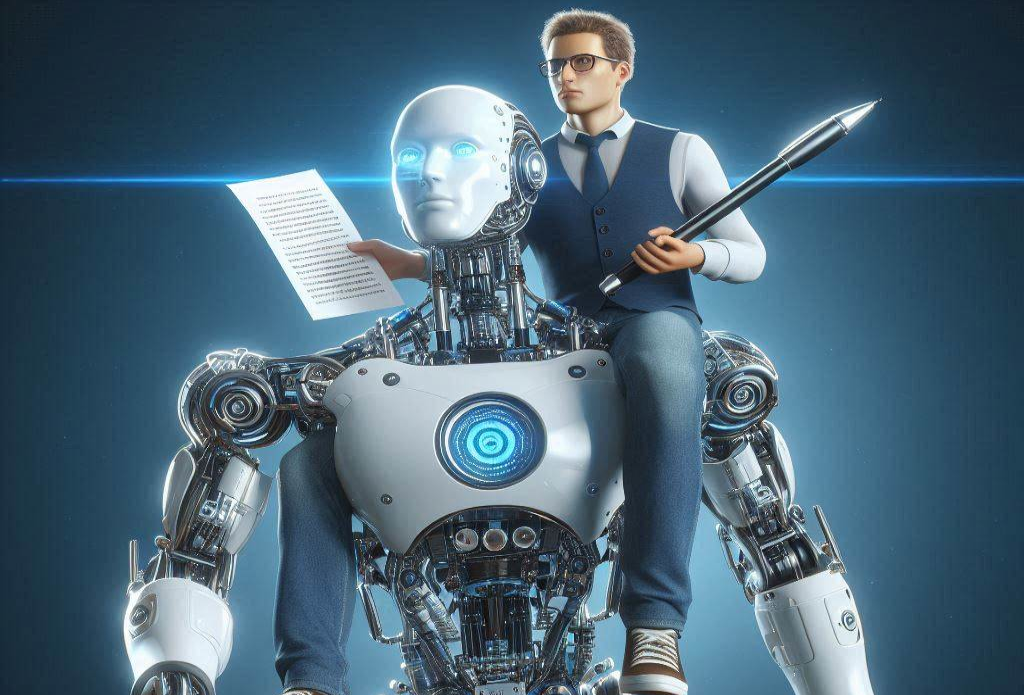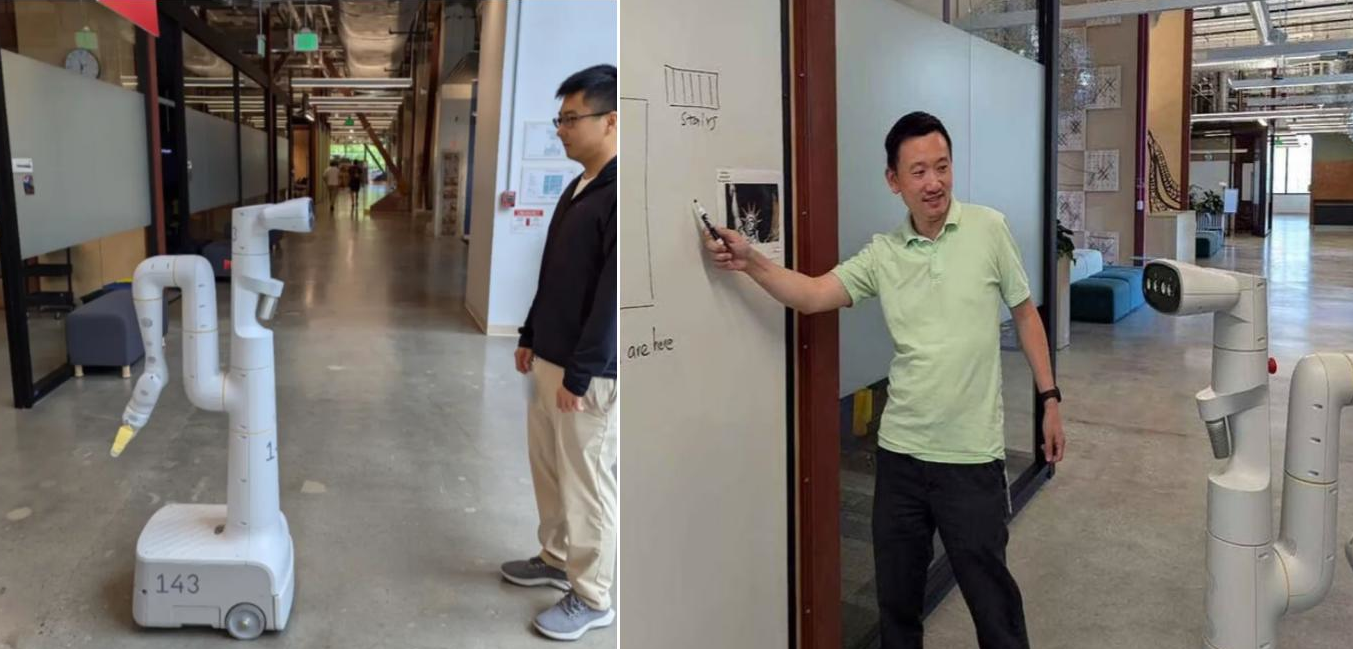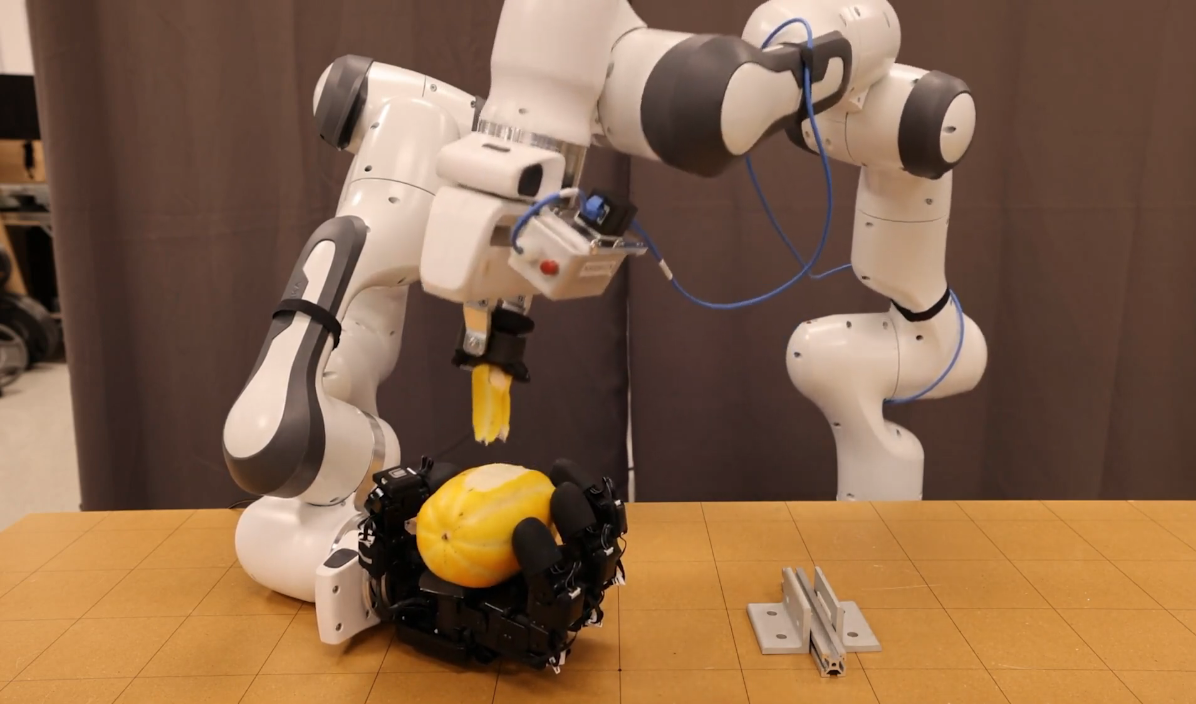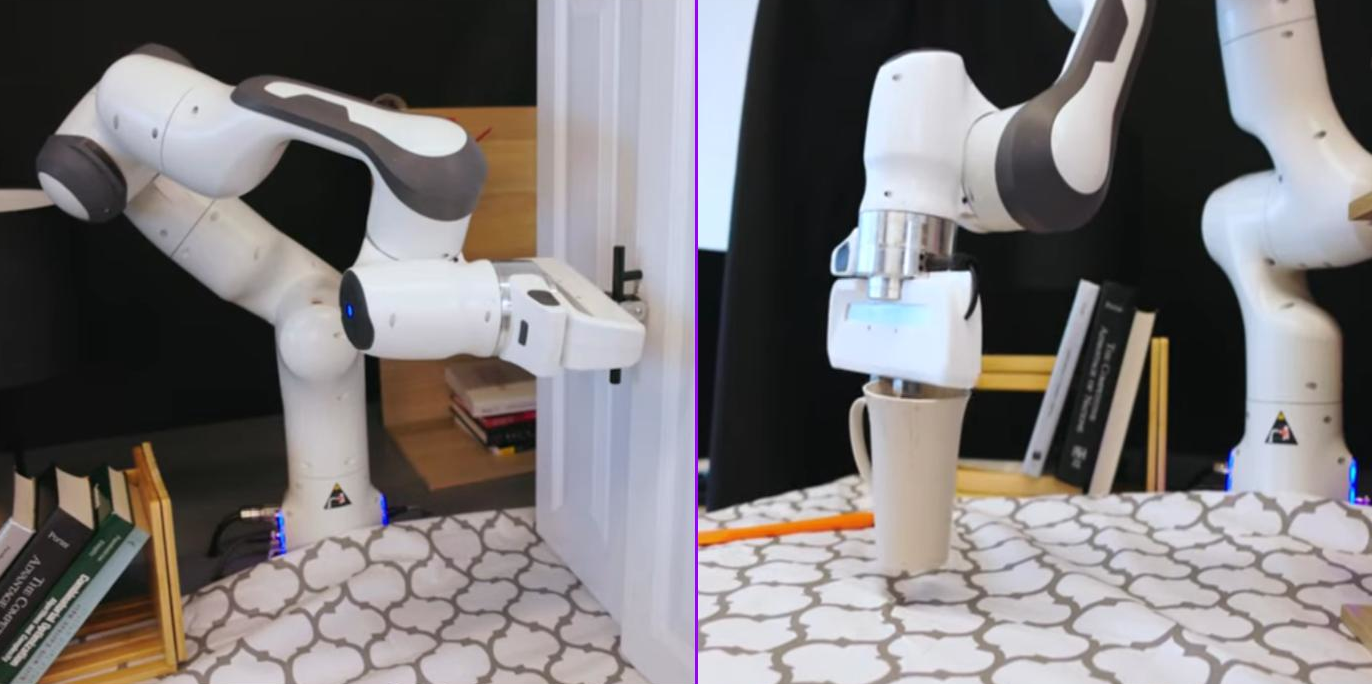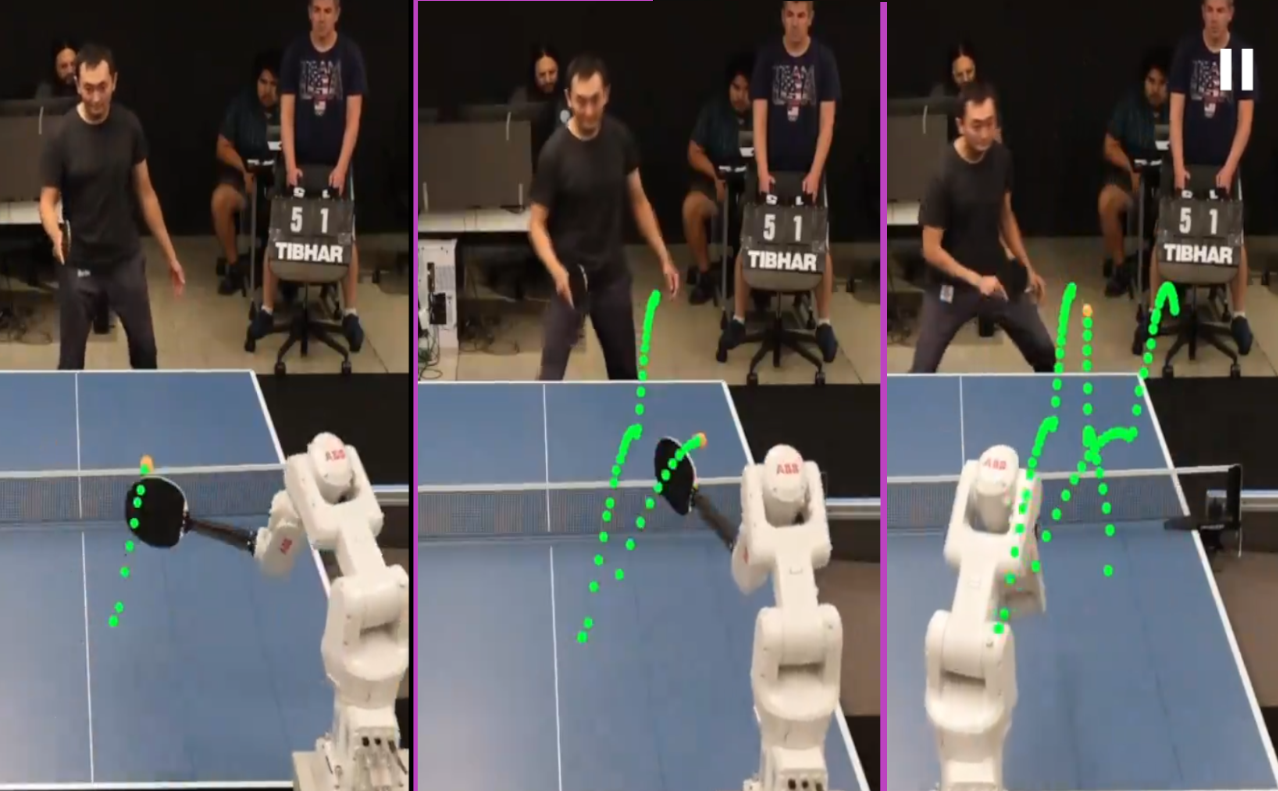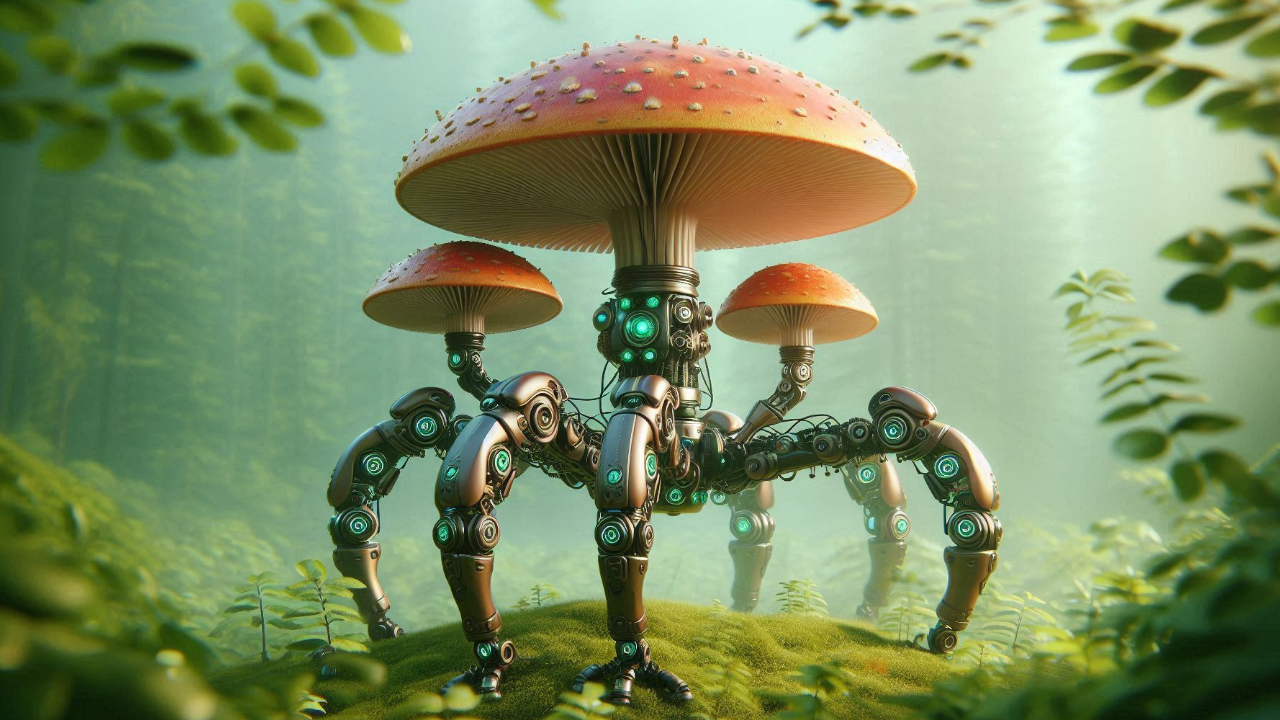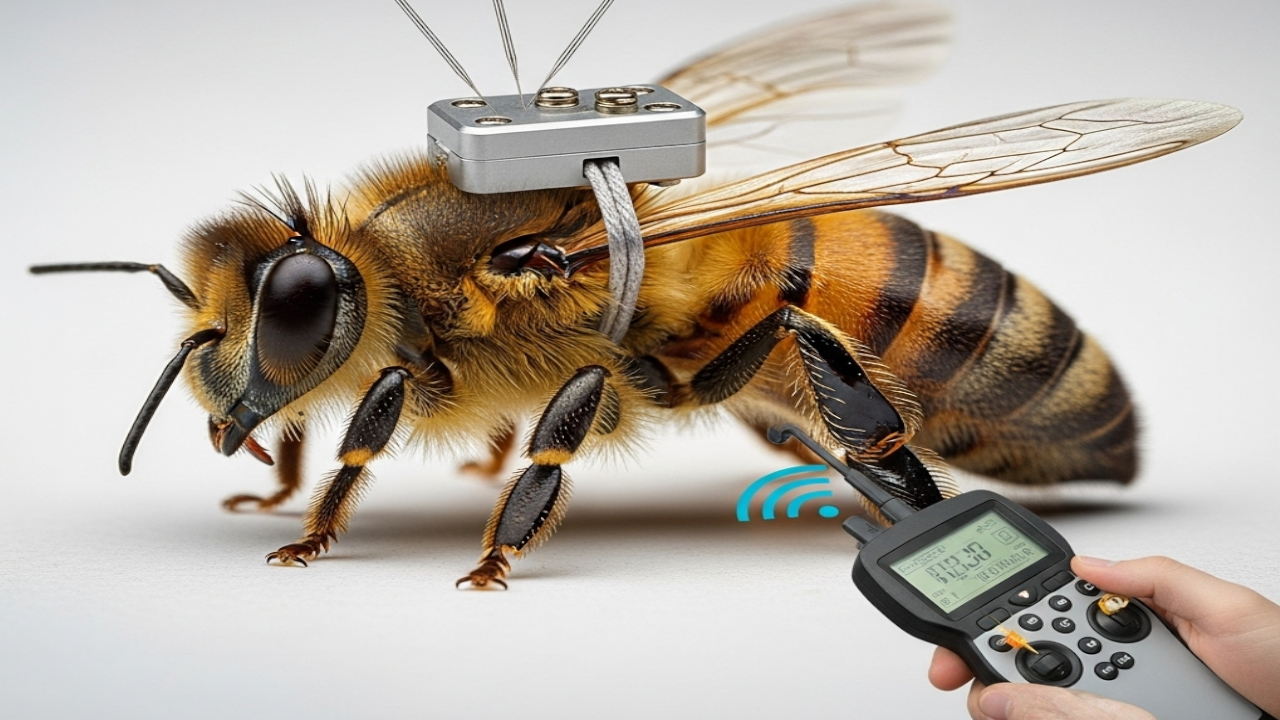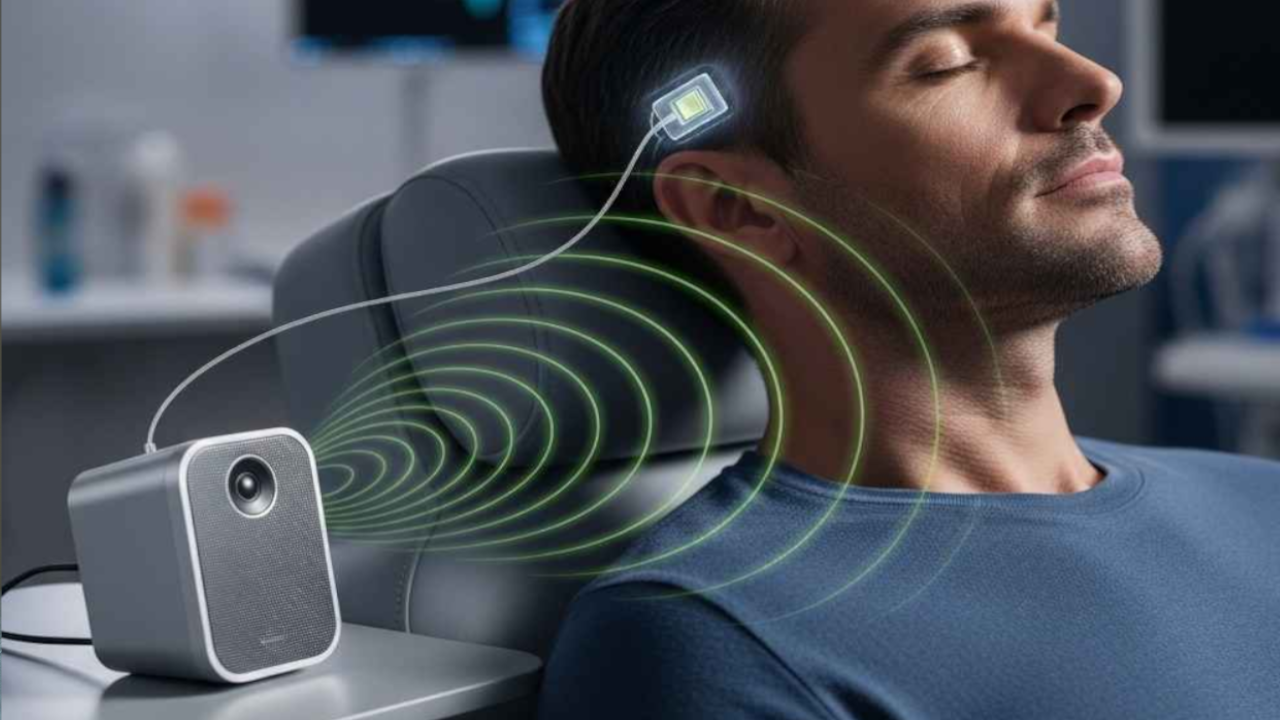The bee's brain, though no larger than a sesame seed, demonstrates an astonishing ability to process visual information while in flight. Bees don't rely on static vision like cameras do; instead, they use precise body movements during flight to scan their environment from multiple angles. This grants them a dynamic visual perception, allowing them to recognize flowers and even distinguish human faces with remarkable accuracy.
This unique behavior has inspired scientists from the University of Sheffield and Queen Mary University of London to build a computational model that simulates the bee's brain mechanism, in an attempt to understand how simple movement can enhance intelligence.
Researchers began by observing bee flight behavior, noticing that bees don't fly in a straight line. Instead, they vibrate and sway, creating continuous visual changes that help them comprehend their surroundings. These movements aren't random; they're a clever strategy used to gather visual information from different angles, known as "active vision." Based on this observation, the team decided to build a computational model to simulate this behavior, not only to understand it but also to use it as a foundation for developing more efficient and realistic artificial intelligence systems.
The researchers based their model on the actual neural structure of the bee's brain, translating it into an artificial neural network composed of several layers that mimic the bee's visual neural pathways. This network starts with a layer that receives signals from the eye, then passes through layers that analyze edges and directions, integrating information to generate responses. This process culminates in the learning and memory center, known as the mushroom body, where the final decision is made based on prior experience.
The model doesn't just receive images; it simulates the bee's flight method, with sequential images input as the bee would see them from different angles. Each neuron in the model responds at a different timing depending on the direction of movement, allowing for a precise understanding of moving patterns. When a specific visual pattern, such as a flower or a face, is recognized, neural connections are modified using a reinforcement learning technique, as if the bee is receiving a neural "reward," simulating the effect of dopamine. This interaction between perception and reward allows the model to learn from experience, just like a bee.
The model was trained on visual recognition tasks such as distinguishing between geometric patterns, recognizing flowers and human faces, and identifying directions of movement. The model demonstrated high performance in these tasks, outperforming traditional models that rely on static vision. Remarkably, the model used a very small number of neurons yet achieved up to 98% accuracy in some tasks, indicating high efficiency in computational resource utilization.
This model proves that intelligence doesn't require massive networks or immense energy; it can be achieved through an intelligent interaction between perception and movement. This model can be used to develop flying robots that learn while in flight, intelligent vision systems in self-driving cars, or exploratory robots that interact effectively with their environment. It opens the door to a new type of artificial intelligence known as embodied intelligence, where intelligence is not just data processing but a result of continuous interaction between the body and the environment.
The study was published in the journal eLife.
